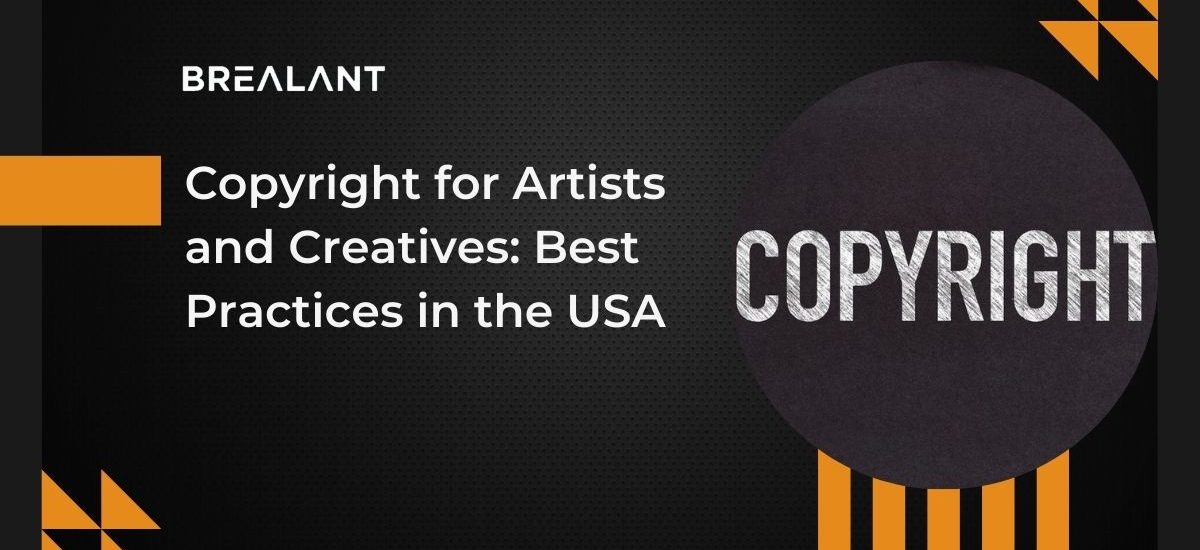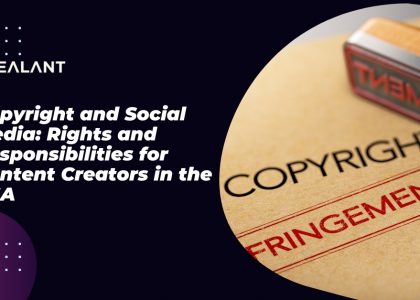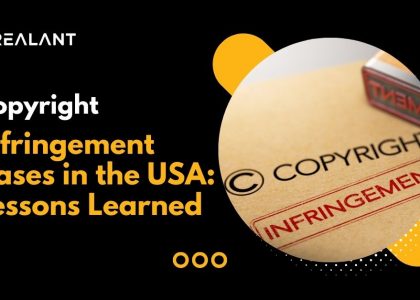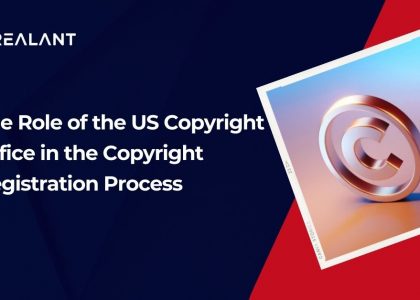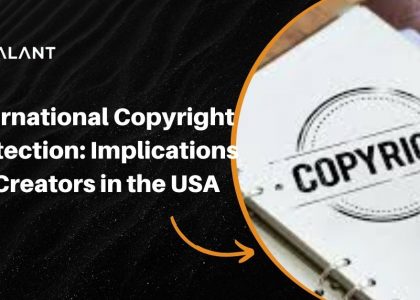Are you an artist or creative? If so, you may have been wondering what your rights and copyrighted material are. In this article, we will discuss how copyright best practices work in the United States, and provide you with tips on how to protect your intellectual property.
Copyright is a form of legal protection that gives an author or creator of original work exclusive rights to their creation. This means that you can license your intellectual property to others, but only under specific conditions. Generally, you need to register your copyright with the U.S. Copyright Office to receive full protection.
There are several ways to protect your copyright and enforce your rights. Ultimately, it is important to be proactive in protecting your work, so that no one can unauthorized use it without your approval.
Creative works are protected by copyright law in the USA. This means that your artwork, songs, poems, etc., are owned by you and cannot be copied or reproduced without your permission. It is one of the important best practices for artists and creatives to practice in the USA, that you have the right to sell and distribute copies of your work commercially. However, there are some limitations to copyright protection in the USA. For example, certain fair use exemptions may apply.
What are the best practices for copyright when it comes to artists and creatives?
The art and creative industries are large and growing worldwide, and copyright laws are in place to protect the various intellectual property rights of those involved. Unfortunately, with so much information and content available online without permission, artists and creatives frequently run into problems with their copyrighted works.
The United States Copyright Office describes copyright as “a bundle of exclusive rights that belong to the author of a work, including the right to reproduce, distribute, perform, display, and create derivative works.” As such, copyright is generally an individual property right. With that said, there are some exceptions to this general rule. For instance, if you are a professional artist who employs assistants or owns copyrights to your artwork, those assistants or others who may use your work under the direction of your authority are not considered “authors” and do not own any copyright in it. Additionally, some limits apply to the exclusive rights granted under copyright law. These limitations typically invalidate claims of exclusive ownership in certain cases (like when a copyrighted work is used for fair use).
There are a few things that you need to keep in mind when copyright is involved in your work. For example, you need to make sure that your copyright notice is accurate and legible. You also need to make sure that you are properly crediting the source of your content if you are using someone else’s copyrighted material. And finally, it’s important to understand your rights when it comes to criticism and parody.
What are the key highlights?
Copyright law is based on the doctrine of intellectual property protection, which means that creators have a limited right to exclusive control over their works. These right covers both material and intellectual property rights. Material rights protect the physical object or intangible property that is the subject of the copyright. Intellectual property rights protect the unique ideas or expressions that are the subject of the copyright.
There are several things you should do to protect your copyright when you create something.
- First and foremost, make sure that your work is properly copyrighted.
- Next, it’s important to get permission from those who might be affected by your work.
- And finally, it’s important to register your copyright with the US Copyright Office.
Doing all of this will help to keep your work safe and protect your rights from infringement.
For artists and creatives to protect their intellectual property, they need to be well-informed about the Copyright laws in their specific jurisdiction. Obtaining legal advice can help you determine which rights you are entitled to protect and which ones may be waived. Additionally, following best practices regarding Copyright can help increase the likelihood that your works will be protected from unauthorized use.
Conclusion
Copyright is one of the cornerstones of the American economy. It enables authors and artists to protect their work, receive payment for that work, and control how their material can be used. This article provides a snapshot of best practices in the United States when it comes to copyright law. It highlights important issues such as fair use, licensing, and termination rights, and it offers practical advice for artists and creatives who want to protect their work.
Copyright law should be taken seriously by artists and creatives, as it can help them protect their intellectual property rights and ensure that their work is used legally and ethically. Your intellectual property is the most valuable entity in this whole world, protect it at any cost by getting expert advice. At Brealant, we offer our esteemed client’s effective guidance on intellectual property matters while maintaining the highest level of professionalism.


